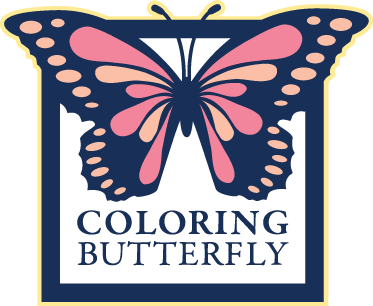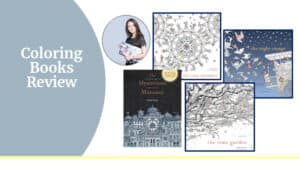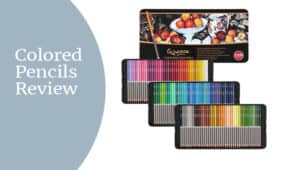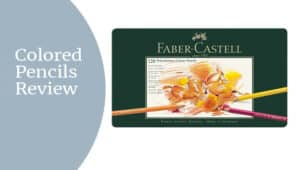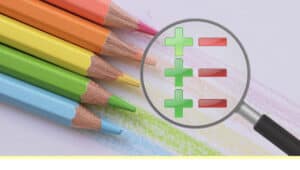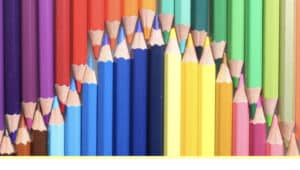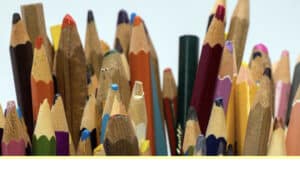Table of Contents
Toggle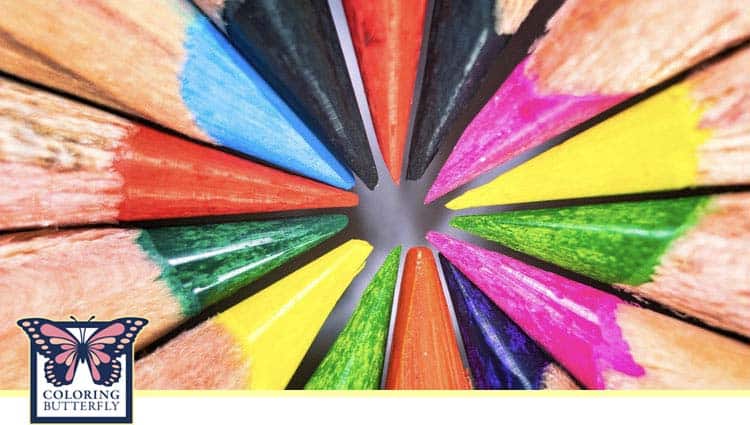
These 9 tips can make your use of colored pencils more fun to use.
Coloring is an adventure. You are continually growing and learning. You will use new colors, techniques, and more when you start coloring book themes. When I color, I like to take time and think about color combinations, practice a coloring technique, and more. If I am coloring a new item like a leaf, flower, gem and more, I will take time to see if some videos/articles will give me ideas/instructions. I have found that little things like how to hold a pencil can make a huge difference.
In this article, I want to share 9 quick and simple tips for helping to make colored pencils more fun. These tips instantly improved my adult coloring experience, and they could also improve your adult coloring experience.
Making Colored Pencils More Fun
Table of contents
Other resources. Check out other supporting resources on ColoringButterfly.com that you might enjoy.
- 13 Adult Coloring Best Practices You Can Immediately Use
- Buying A Coloring Book: Everything You Need to Know (Guide)
- Buying Colored Pencils? Everything You Need Know (Guide)
Making Colored Pencils More Fun
The following nine tips have played an essential role in approaching my coloring experience and making it more fun. Give the tips a try. I think you will be surprised by how simple and effective they are. [TOC]
How to Hold Your Colored Pencil
When using colored pencils, try holding the pencil the same way you would when writing a letter. I can get the best coverage when I hold the pencils this way. [TOC]
Use Circular Strokes
Try using circular strokes vs. back-and-forth strokes when using colored pencils. The circular stokes will create a smoother application, a better blending of colors and no streak marks. When you use the back-and-forth stroke, you will constantly go against the grain of the paper and create uneven color. [TOC]
Apply Appropriate Pressure
Begin with lighter strokes and layers when you start using your colored pencil. Apply heavier pressure as needed to help in increasing the coverage. The layered colors will blend more efficiently and effectively with lighter strokes. Try to avoid using intense pressure on textured paper because you will notice that your pencil lead will be used up quickly. In addition, you can damage the paper’s surface unless you wish to apply a burnishing effect. [TOC]
Consider Using Quality Colored Pencils
When using good-quality paper, try to use good-quality colored pencils to help improve your coloring experience. For example, Prismacolor wax-based pencils are a popular choice, and wax-based pencils are soft and blend well. [TOC]
Keep Your Colored Pencils Sharp
Keeping your pencils sharp is also important because it will improve overall control. You can sharpen the pencil mechanically, or some prefer using a blade. If the pencil is difficult to sharpen, try using course sandpaper to diminish the chance of breaking the lead. I like to wipe the pencil with a soft brush to remove any excess wax so it does not fall onto the drawing surface. [TOC]
Taking Care of Mistakes
If you make a mistake in coloring, consider using a kneaded rubber eraser (sticky tack) to lift the pencil color from the page. [TOC]
Removing Colored Pencil Crumbs
When coloring and seeing crumbs or excess core on the page, do not wipe it off with your hand because it will leave streaks. You can remove pencil crumbs on the paper with a soft brush or compressed gas duster. [TOC]
Use Heavier Paper
If you are using mixed media and blending solvents, you will need to use heavier paper (e.g., lbs, gsm) so that it will not warp. The heavy paper is also better when using various techniques like erasing and burnishing. The paper should weigh 300 grams or more. The best paper would be mixed-media or watercolor paper, which can be expensive. A more affordable option is Bristol paper, which is perfect if you do not apply any wet media. [TOC]
Start Slow Using Colored Pencil Papers
If you are new to using colored pencils on colored pencil paper, consider getting single sheets. It is more affordable to experiment with paper types without spending too much. You can save some money if you find a sketchpad with many sheets. Paper products provide 50 sheets or more, which can sometimes be used on both sides. You can also get paper pads that are tape-bound or sketchbooks that are wire-bound. Illustrating boards or watercolor blocks are better for wet media or other techniques. You do not have to be concerned with the paper warping, and it is easy to remove paper sheets once you are done. [TOC]
If you liked this article, please share it with others.
